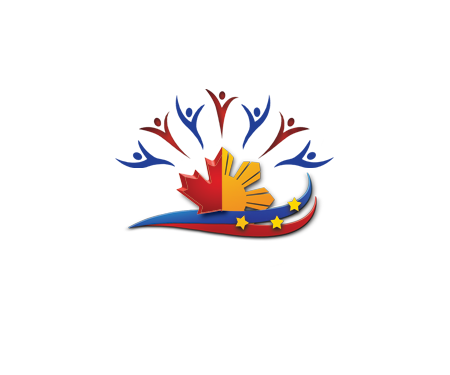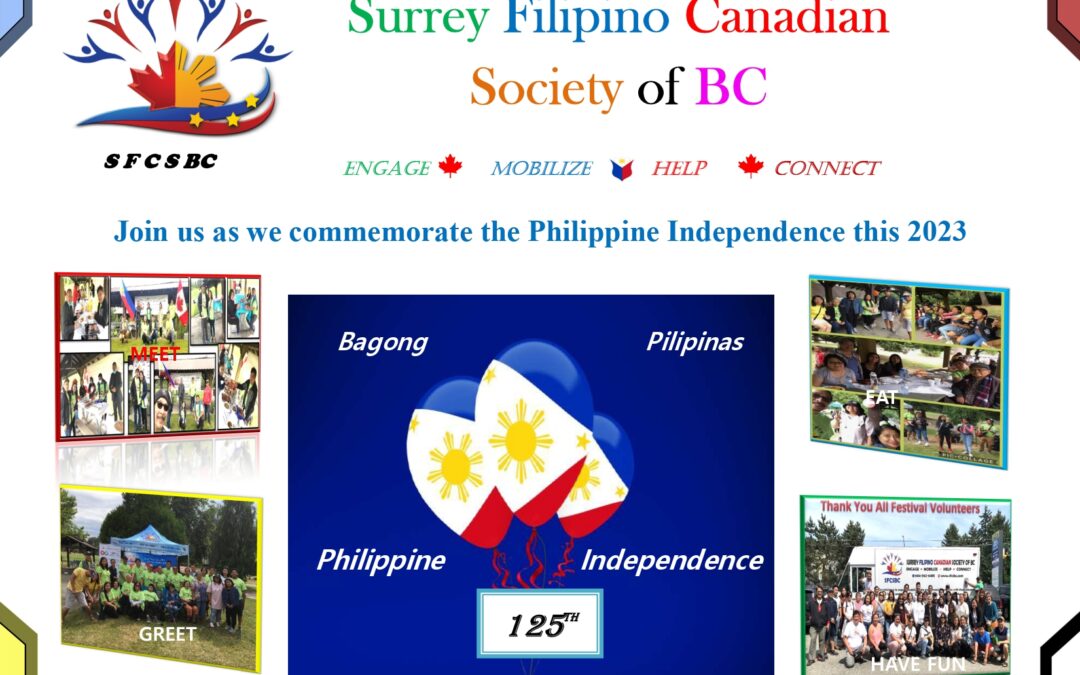On June 12, the Philippines will celebrate its Independence Day once more. The Philippines, a nation of over 7,000 separate islands in the western Pacific, achieved independence from Spanish rule more than 120 years ago. General Emilio Aguinaldo made this claim, but it wasn’t until 1962 that President Diosdado Macapagal declared it a national holiday. On this date in 1898, June 12, an exhilarating celebration with the first public performance of the Philippine national song saw the first-ever hoisting of the Filipino flag. The country has come a long way. It is recognized as a newly industrialized nation with a developing market. In instance, did you know that the Philippines used to celebrate Independence Day on July 4th every year? The Americans announced that they formally recognized the Philippines’ independence and government on the country’s American Independence Day. The 4th of July has recently come to be recognized as Philippine-American Friendship Day.
You may be wondering with whom we would celebrate Philippine Independence Day on June 12. In case you didn’t know, we recall all of our previous idols, whether famous and unknown. This is why it is critical to remember how many people lost their lives to safeguard Filipino independence, patriotism, and the freedom we have today. Prevent Philippine Independence Day from falling on the same day as another holiday. A lecture about the Philippines’ independence can rekindle your feeling of patriotism. Philippine Independence Day, also known as Araw ng Kasarinlan, commemorates the most significant moment in the country’s history by recognizing our sovereignty as a nation. This would not be possible without the valiant efforts of our Filipino brothers and sisters who battled in the uprising for peace and justice. As a result, the country’s independence day is observed not just on the Philippine Islands, but also in foreign embassies and by numerous Filipino communities across the world.
On Independence Day, many people, including government officials, employees, and students, march in countrywide parades. The major attraction, though, is the police and military parade in Manila led by the country’s current president, which is followed by a speech and a 21-gun salute. Filipino populations in other nations also celebrate the country’s Independence Day. To conclude the celebration, you may watch fireworks and listen to a live band perform Filipino folk tunes. Filipino communities across the world also commemorate with programmes and parades.
Because most parades take place earlier in the day, the afternoons are often free. Finally, many Filipino communities go to parks or shopping malls to unwind and spend time with their loved ones. Most businesses regularly urge their employees to dress up in costumes modelled after national costumes in order to commemorate the event. Some families choose to relax in their moderately priced houses and land. Instead, they make meals and host dinner parties at their house. Certain folks even serve popular Filipino delicacies and delights like adobo, pancit, lechon, and even balut as a ceremony! You may also enjoy a variety of rice cakes, such as suman, puto, and kutsinta, to name a few.
There are numerous ways to remember this day, but the ideal approach is to try to reconnect with our roots and raise ourselves so that we are worthy of the liberties won by our fallen warriors. May we remember the sacrifices made by our forefathers so that we can now spend our lives with our families in the comfort of our own homes.
Bagong Pilipinas: Diwa Ng Pagkakaisa

